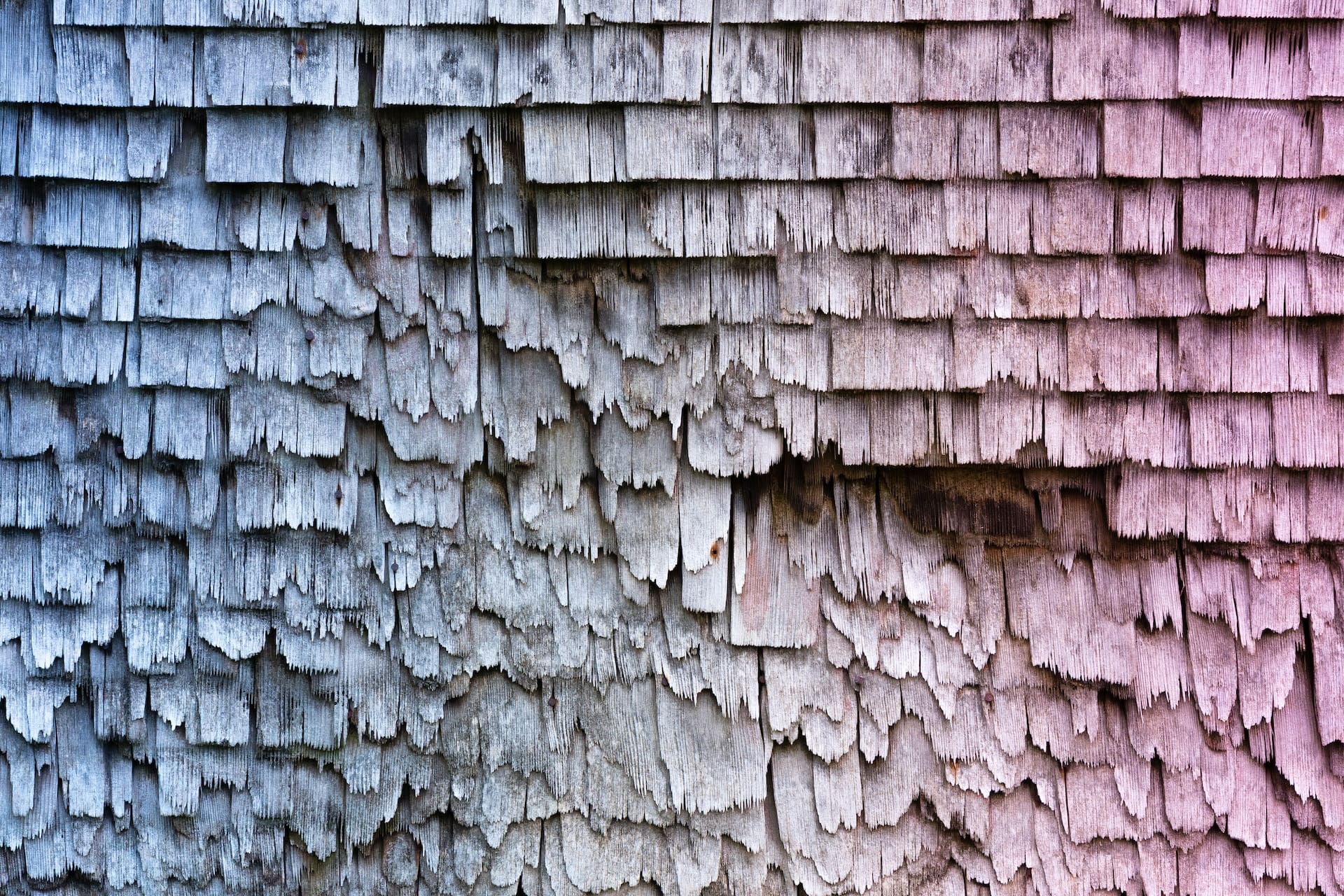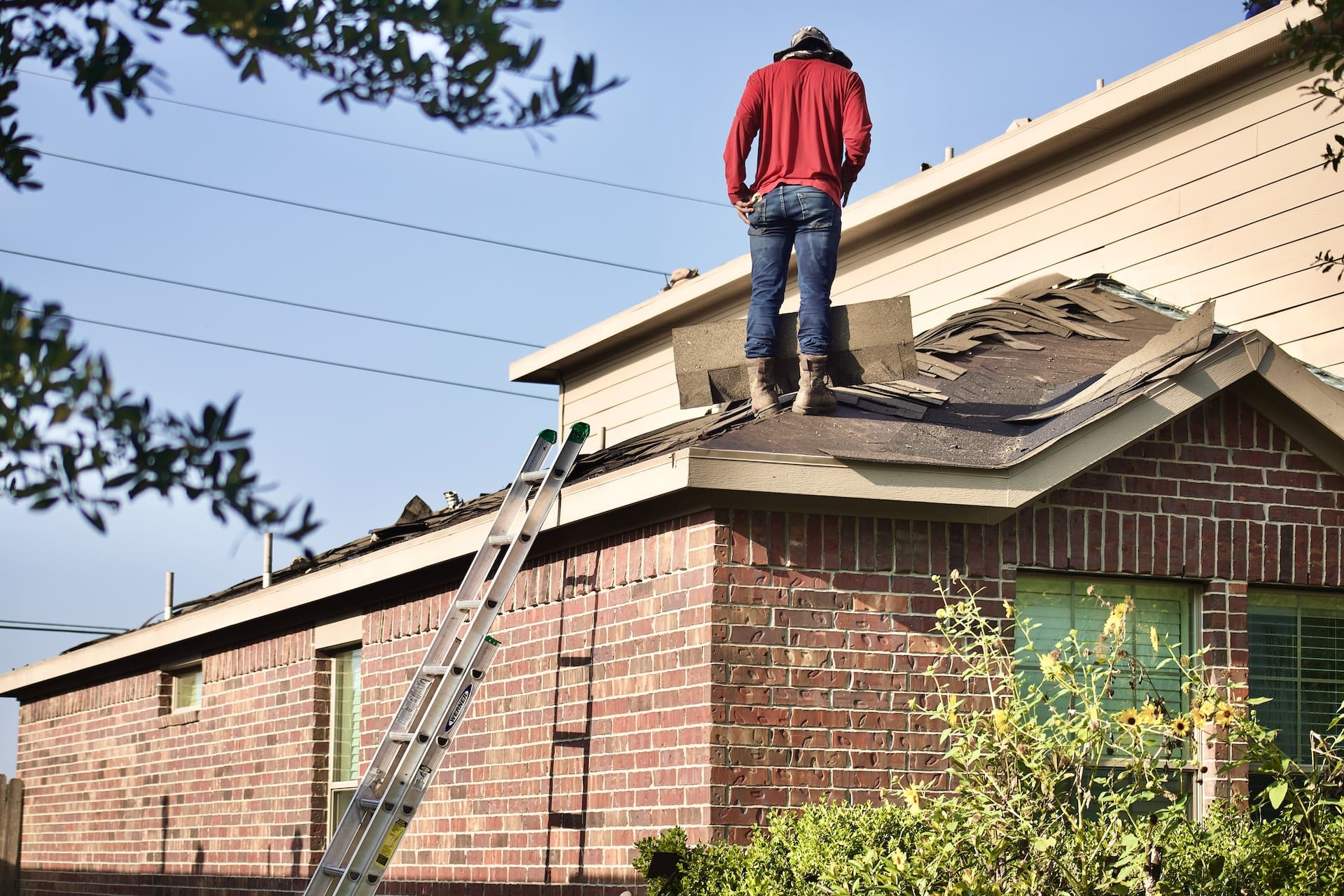
Shrink Wrap vs. Traditional Roofing Materials: Which is Better for Roof Protection?
In this article, we’ll take a closer look at the pros and cons of each option to help you make an informed decision.

In this article, we’ll take a closer look at the pros and cons of each option to help you make an informed decision.

Your roof is one of the most important parts of your home, and shingles are its first line of defense against the elements. Damaged shingles can lead to leaks, mold growth, and structural damage, which is why it’s crucial to spot shingle damage before it becomes a bigger problem.

Shrink wrap is a versatile material that is often used to protect boats during the winter months. However, it can also be used in a variety of other environments, including construction sites and industrial facilities. In this blog post, we will explore the different applications of shrink wrap and how it can be installed in various settings.

When a storm hits, the roof is often the first line of defense against the elements. Unfortunately, roofs are also the most vulnerable part of a house during a storm. High winds, hail, and heavy rain can cause significant damage to a roof, which can lead to leaks, mold, and other issues down the line. In this blog post, we will discuss how to assess and repair roof damage after a storm.

As the saying goes, “hope for the best, but prepare for the worst.” When it comes to storm season, this is especially true for homeowners. With the potential for severe weather conditions, it’s important to take proactive steps to ensure your home is prepared for any storms that may come your way. Here are some tips to help you get started.